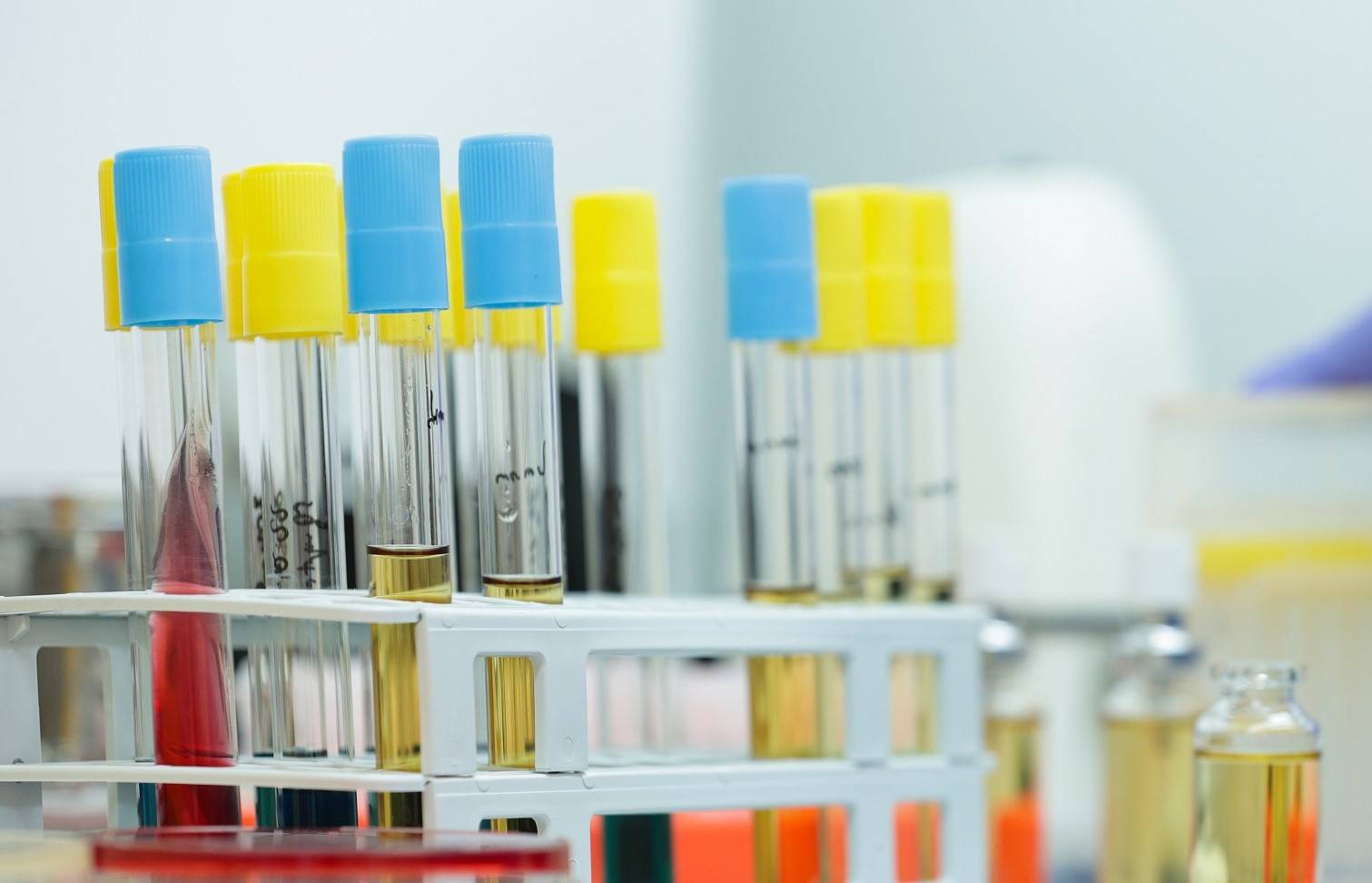

About Biopharmaceutical Cluster
Prehistory
The Georgian Biopharmaceutical sector combines several support institutions and businesses, each producing different types and categories of products, including manufacturing of bacteriophages, herbal pharmaceuticals, generics, antibiotics, and other relatively simple pharmaceutical products.
The Georgian Pharmaceutical Cluster aims to enhance the competitiveness of member producers, and increase sales and access to new markets by introducing internationally recognized quality standards and schemes.
Phages
Georgia has a long history and advantage in bacteriophage production. Since the 1930s, Georgia has been a pioneer and leader in the R&D and production of bacteriophages. After World War II, at its height, thousands of remedies produced in Georgia were distributed across the Soviet Union and were used in tandem with antibiotics. Currently, bacteriophages are considered a new and emerging sector that is gaining increased attention. It can be used for treating various bacterial infections and with the increase of drug-resistant strains of bacteria, the potential role of bacteriophages is an interest of many countries.
Herbal Pharmaceuticals
The production of herbal pharmaceuticals has been going on since Soviet times with some products preserved and still being sold on the market. The key driving factor behind the development of this sector is the favorable climate conditions in Georgia, especially in the mountains, that create a suitable environment for cultivating many of the unique herbal species, used in the production. As the organic- and herbal-based medicine sector enjoys increasing demand worldwide, Georgian producers have the potential to penetrate the EU market.





